
Autism and Children
Many parents are afraid their child will develop the autism and are carefully tracking its development hoping that everything will go well. Namely, autism is known to strike during the third or fourth year of a child's life, even though it may be noticed quite earlier. This is the time of numerous vaccinations your child is to go through. Thus, many parents wrongly blame the vaccines for their child's autism. However, these two have nothing in common and most often, by knowing what to look for, you can notice autistic behavior in your child even during the first year of itslife.
Autism Signs To Look For
As soon as your baby is born, it has patterns of development it needs to fulfill. Every child goes through these stages and they ensure their proper development, both physical and mental. You may search for these stages, called milestones, in pediatric literature, or ask your doctor about them. Either way, you are to make sure your child is surpassing these milestones as it grows. Any failures or significant delays in this process could give way to autism.
Video evidence may be of great assistance. Thus, record your baby's behavior from its earliest phase of life. This should not be for medical purposes, but rather, providing you with preserved memories of your child's youngest days. Compare these videos with some other videos of other children and compare their behaviors. This can be helpful if your child develops autism later, since you might notice the early present symptoms documented on these recordings. You need to look for absence in the baby's gaze, not being concentrated upon the person or things it is looking at. Also, while being talked to, the baby may seem uninterested and wandering off in the thoughts of its own.
Next, there is movement. Namely, autistic children tend to repeat certain movements violently being clumsy at the same time. Autism preserves some of the first reflexes a baby has once being born. These include grasping things whenever they touch a baby's hand, or one movement triggering the other. With autistic children, these reflexes remain present, affecting their movement.
These, signs, even though they are not definite ones, still can help you recognizing this condition. Then, upon noticing the symptoms, you might take necessary steps and, if your child is truly autistic, start the treatment timely. This can help the development of your child greatly and reduce the effect of autism significantly. Read more about this condition from many medical sources. Get informed, observe your child carefully and make sure you take action as soon as you notice the symptoms.


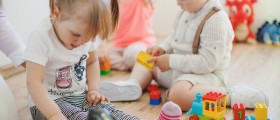

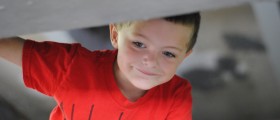
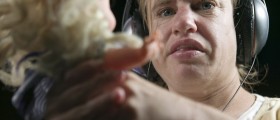
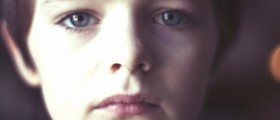
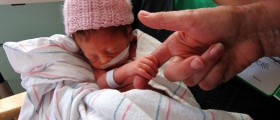
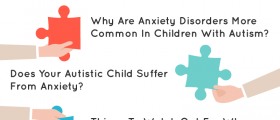

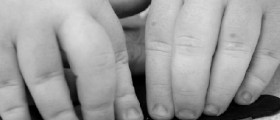

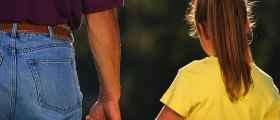
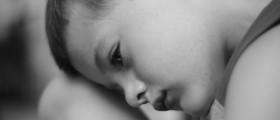

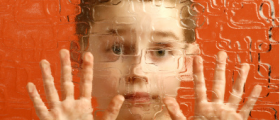
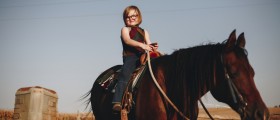
Your thoughts on this
Loading...